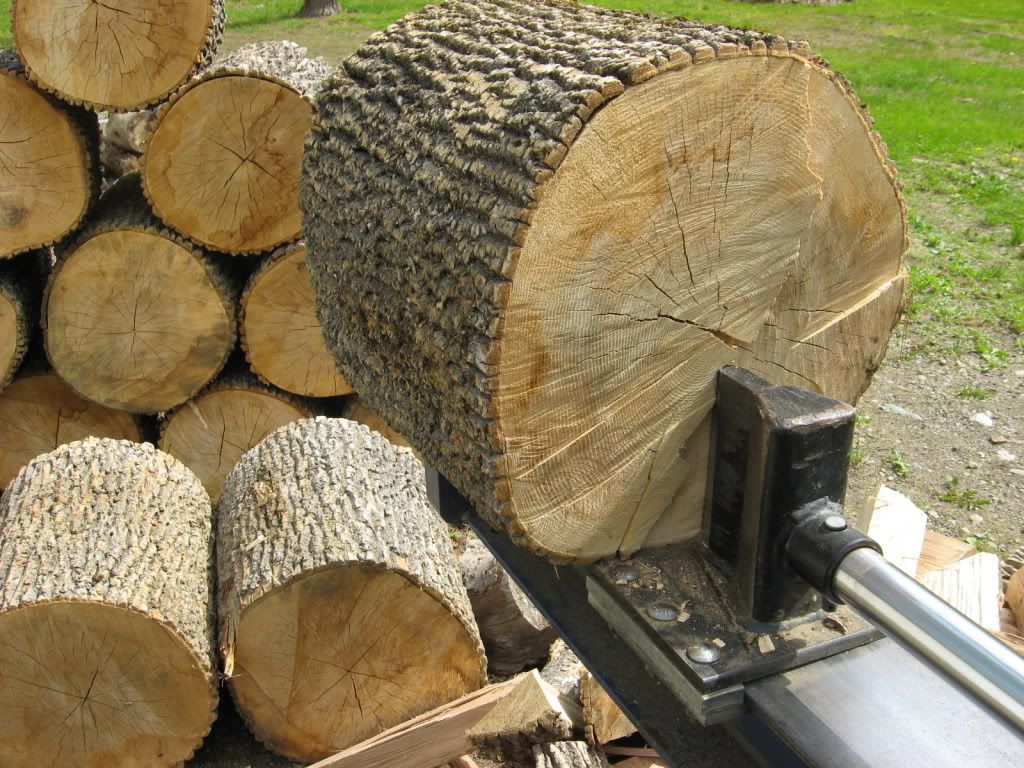Ken45101
Elite Member
- Joined
- Feb 14, 2009
- Messages
- 3,669
- Location
- southern Ohio
- Tractor
- Kubota M5040, M9540, B21 TLB, B2710, RTV900, JD 325 Skid steer, KX-121-3 mini excavator
I think that any sensible masonry (or similar design) stove should have an exterior source for combustion make-up air. That not only eliminates the depletion of oxygen in the house, it also reduces cold air intrusion by eliminating a negative pressure as well. More sophisticated designs I have seen route the exterior make-up air along side the combustion chamber to preheat it before it enters the combustion.
There is an actual study that has been done (documented on woodheat.org IIRC) that showed there is NO ADVANTAGE of feeding outside air into a stove. Typical stove usage is minor compared to normal air infiltration. There is no efficiency gain because the stove has to heat up colder air, so it just doesn't matter.
You won't "deplete" the oxygen in the house, what goes into the stove is plain air (79% nitrogen, and the rest is mostly oxygen.) Air leaking into the house will have the same percentage of oxygen. The exhaust is going up the chimney, not into the house.
A house that is too tight will reduce how well the stove works since it will reduce the chimney draft. But it makes no difference (according to the study) whether you provide makeup air directly to the stove, or just allow infiltration into the house.
Ken
